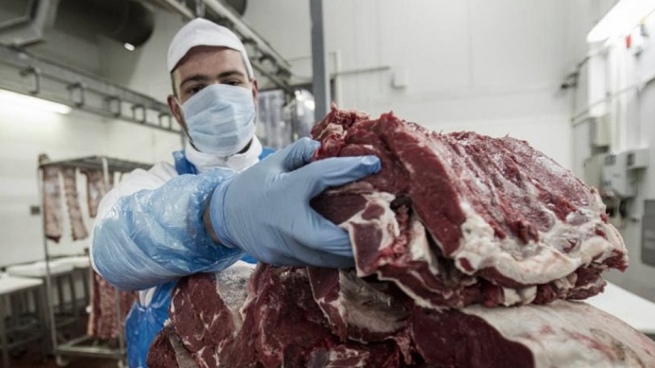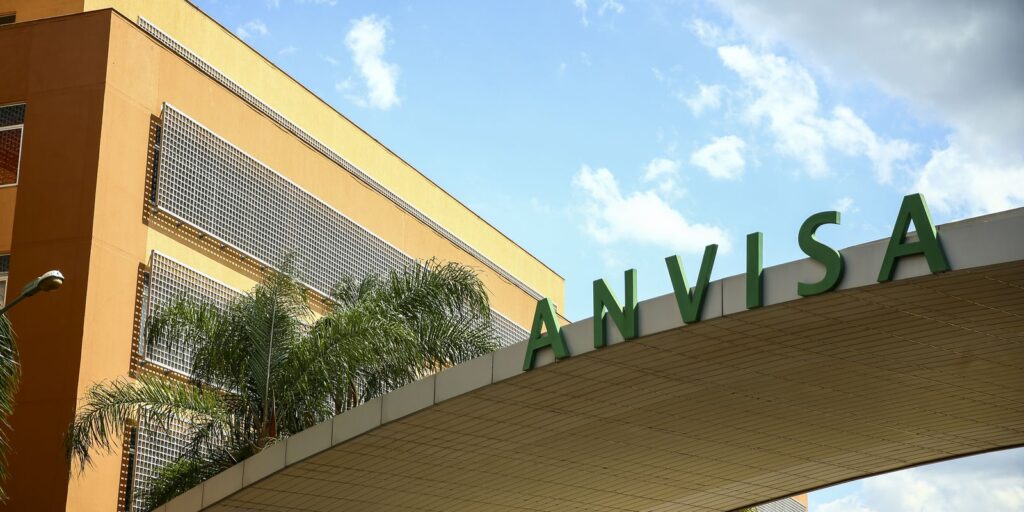The price of beef increased by 2.3% in January, below the inflation of the month, which was 3.9%, while in the first half of February there was an upward trend in the price of live cattle , according to a report by the Center for Political Economy (CEPA).
“January showed an average increase in beef cuts of the order of 2.3%; In year-on-year terms, beef cuts increased their price by 55.5%”according to the study carried out by CEPA.
After the rises above 75% of the prices at the counter of beef in 2020, the first semester of 2021 began with new uploads that totaled another 35% increase.
“In this situation, The Government took a series of measures to stop the generalized increases in the value chain” that “allowed to cut the upward dynamic between July and October, where prices fell 3%,” said the study center led by Hernán Letcher.
However, November and December, months where consumption usually increases, there were “again significant increases in the price of meat, averaging 11% and 10% respectively.”
According to the survey, in January a “heterogeneous impact” of the increases in relation to the cuts was observed.
Contrary to what happened in December, when “expensive cuts” were the ones that increased their price the most, in January, “economic cuts” were the ones that increased the most, with a rise of 6.2%.
In addition, beef substitute products increased: chicken in January showed an increase of 4.9%, with which the price of roast meat remained practically unchanged in relation to chicken.
In year-on-year terms, the variations of some cuts continue to be above the general level of prices in the economy (+50.9% approximately) while others, of great internal consumption, managed to be below the average, especially due to the high point of comparison that was January 2021: roast (48.7%), empty (48, 9%) kill (46.5%).
Among the reasons for the increase in the price of meat between November and January, CEPA pointed to “little transparency in the supply and demand of the Liniers farm market.”

In November the price of the young bull went from $208 (11/10) to $257 (11/18), with an increase of 23% in only eight days.
Meanwhile, in January “The weather was a determining factor in the drop in supply entering the Liniers marketfirst due to the high temperatures together with the drought and later, due to the rains that were recorded in a large livestock area”, which “determined a supply lower than usual”.
The study added that As of February 1, the upward trend in the price of live cattle was confirmed and on the 16th of this month, the price reached $286.80 for the 300/390 kg steer, that is, a 14.2% increase compared to the price on January 28.
As of February 16, a recomposition of heads traded in the Liniers Market was observed (in values similar to the same period in 2021 or in the first month of that year), modifying the behavior observed in last January, where the offer had effectively been reduced. .
“The increase in the price of a live kilo again shows a significant jump, well above even the estimated inflation for the whole of February” while “the value of February implies a new record of the real price of the steer in decades”.
According to CEPA, this “anticipates what may happen in this regard: in just seven days it increased about $20 in Liniers.
In deflated terms it exceeded the last high in mid-December, posing the challenge for the meat chain of how it will be able to transfer it to the counter.”
In February, the Ministry of Domestic Trade renewed the “care cuts” program, an agreement reached with the ABC refrigeration consortium and the large supermarket chains, with the aim of having the seven most popular cuts at a regulated price until April 7, the date on which the extension will be analyzed.

















